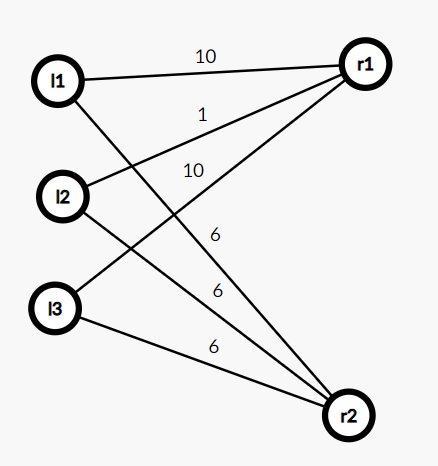Hello Codeforces!
After three elimination round, we are glad to announce the final round of VNOI Cup, which which will take place at 2:00 UTC on this Friday, 22th July, , and it is hosted on our builtin platform — VNOJ!

Besides the finalists, this mirror round is open for everyone!
VNOI Cup is a Competitive Programming competition held by VNOI (Vietnam Olympiads in Informatics community), which is a non-profit organization, by Vietnamese competitive programmers, for Vietnamese competitive programmers. Our aim is to support the growth of competitive programming in Vietnam, and we hope that this competition is one of the things that follows this aim!
In the final round, there will be 7 problems for you solve in 5 hours, The problem statements for the mirror rounds will be in English and Vietnamese. There will be subtasks with partial scoring. We have worked our best to make sure that the round have a good range of difficulties, so we welcome everybody to join this mirror round!
Remember that the round will take place at 2:00 UTC, on this Friday, 22th June, and you can take part in the round via this link!
Other rounds info:
Hope you enjoy the rounds and thank you for participating! <3















